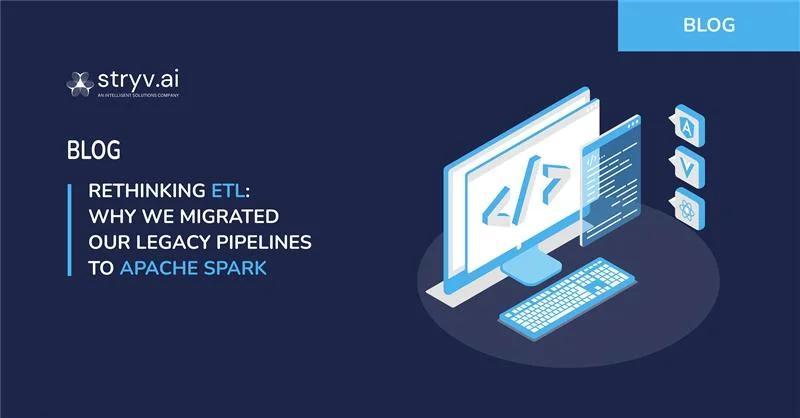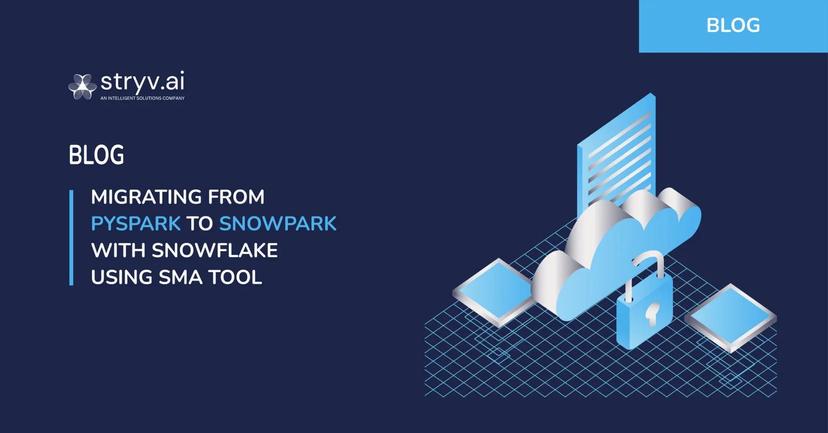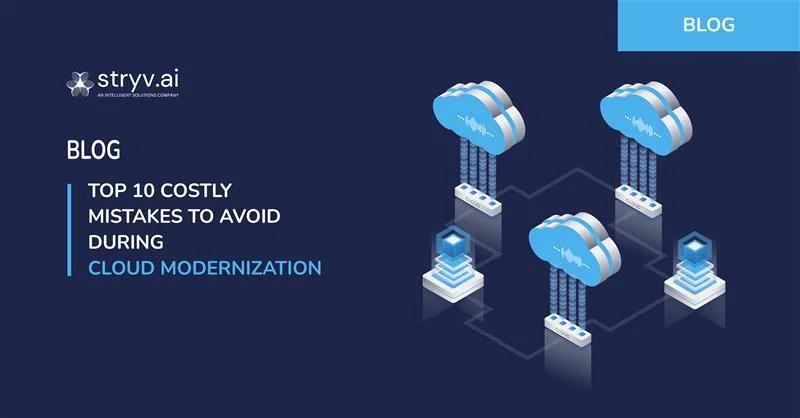- Kavin Sharma
- August 13, 2025
July 7, 2025
Cloud Modernization
Anil Kumar Byra

Many of the enterprises were transforming their legacy data systems by shifting to modern ETL (Extract, Transform, Load) architectures powered by tools like Apache Spark for agility, performance and access to the broader eco systems. The same happened when we joined a client project at Stryv. Their existing data pipeline was a patchwork of scheduled cron jobs, manually written SQL queries, and a single, rigid monolithic data warehouse. Data refreshing would take hours, and any schema change led to manual patchwork across a spaghetti of workflows.
What could be the reason for migrating a legacy application? Their outdated data architecture depends heavily on on-premises systems and legacy warehouses that are costly to maintain and hinder agility. Typically, these systems operate on relational databases and work well for structured data but struggle for real-time demands or under the pressure of high-concurrency workloads. The more our data grew, the more things started to break. Load times dragged, maintenance piled up, and scaling became a guessing game. Our team was spending more time fixing than innovating. At that point, it was obvious; this wasn’t just an aging system. It was a risk we couldn’t afford to carry it forward.
We considered traditional tools (like Informatica), open-source orchestrators (Airflow + SQL), and modern ELT approaches. But Apache Spark stood out for a few key reasons:
Apache Spark being an open source, distributed processing system preferably used for bigger data workloads. No matter the size, it can run fast analytic queries against data. As it supports a variety of languages including Java, Scala, Python, and R, making it developer friendly with minimal code. Apache Spark comes with the ability to run multiple workloads, including interactive queries, real-time analytics, machine learning, and graph processing. One application can combine multiple workloads seamlessly.
We deployed Spark on AWS EMR initially and later transitioned to Databricks for tighter operational control.
There’s a big gap between “let’s use Spark” and “Spark is running in production.” Migrating from a legacy ETL system is not a plug-and-play process it requires careful planning, deep auditing, and foundational rewrites. At Stryv, we were involved in breaking apart monolithic workflows, redesigning data logic in a distributed paradigm, and building a resilient, scalable ETL framework from the ground up. Here’s how we approached it, step by step:
Before building anything new, we had to understand what we already had. This meant diving deep into the existing spaghetti of pipelines.
Once the landscape was mapped, we began the process of rewriting existing logic into Spark-native constructs, optimizing scalability and modularity.
To avoid duplicating work and make onboarding easier, we built a configurable ingestion engine with operational guardrails.
A performance pipeline is only as good as its observability. We invested early in benchmarking, tuning, and setting up real-time alerts.
Spark is not a silver bullet. But when used correctly, it’s a workhorse that replaces a dozen legacy tools. At Stryv, we now treat Spark as the engine behind every serious data workload whether it’s batch, streaming, or model training.
If you’re currently dealing with slow, brittle, manually maintained ETL pipelines, you’re not alone, and you’re not stuck. Legacy systems can quietly become technical debt that stalls progress, eats up engineering time, and limits your organization’s ability to scale. Modernizing your data stack isn’t just a technical upgrade it’s a strategic investment in agility, visibility, and long-term resilience.
It might be time to rethink your foundation. Not just for better performance, but to unlock the full potential of your data infrastructure. Need Help Migrating? Talk to our engineering team at Stryv. We do this on a scale.

